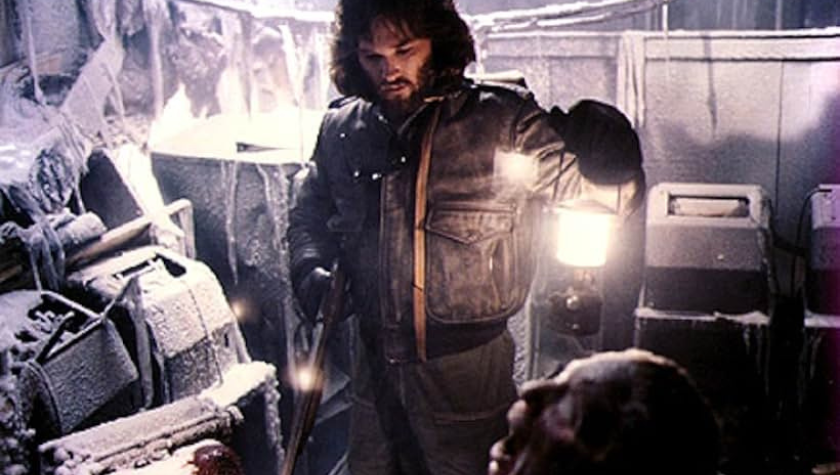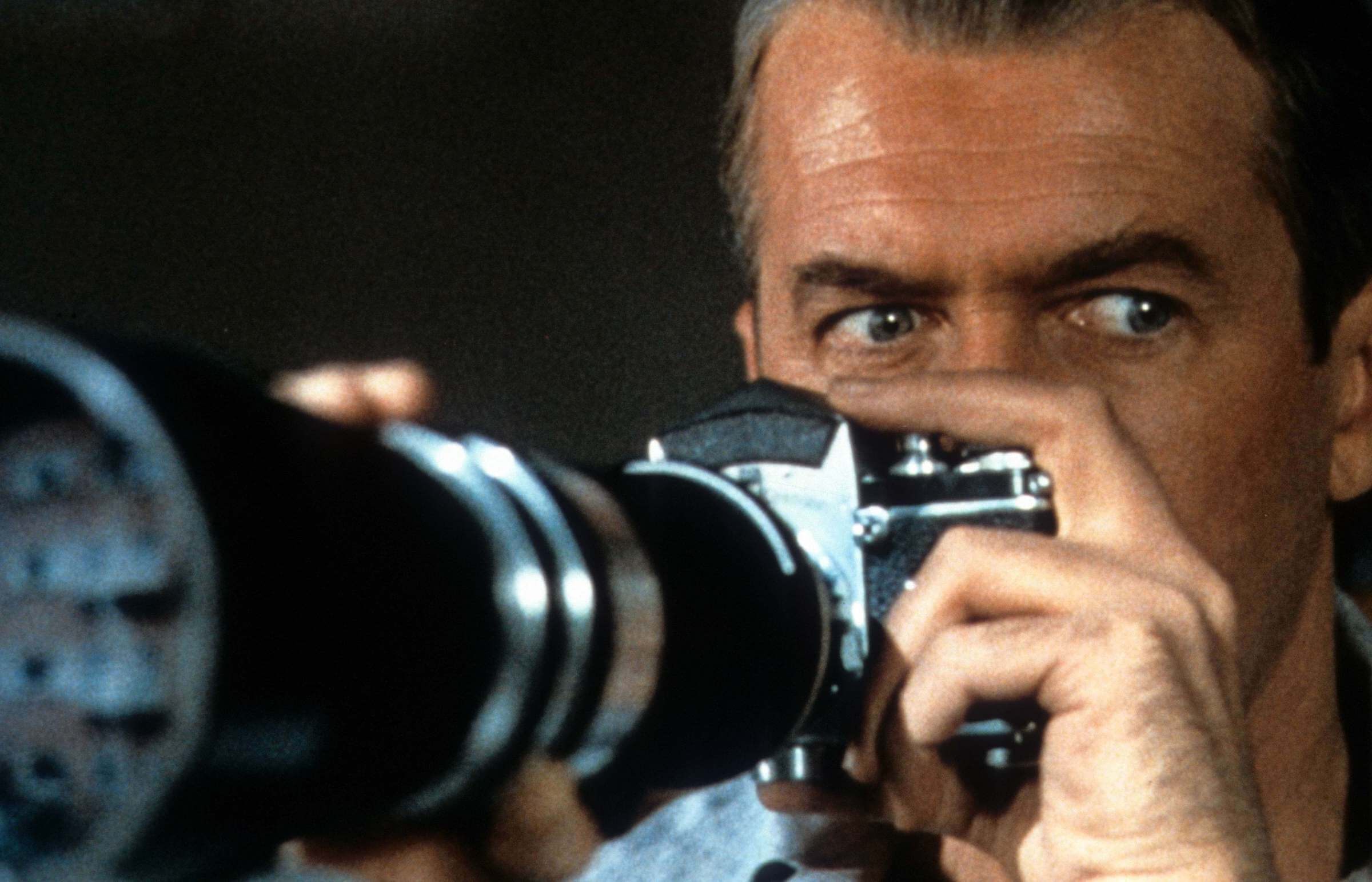How To Scare Your Reader
October 16, 2024
The Horror/Thriller genre always thrives in the screenplay marketplace. This is largely because people enjoy being scared. It’s not unlike people enjoying a roller-coaster or haunted hayride. There’s a primal instinct — both exciting and cathartic in nature — that’s triggered when we’re scared, and that’s one of the reasons why people love thrillers and horror movies.
When a filmmaker is doing their best to scare an audience, they have an arsenal of devices and techniques available to help them to this end: creepy or shocking visuals, foreboding camera angles, eerie whispers or jarring loud sounds (employed frequently for jump scares). Perhaps the most effective cinematic technique is a music score. In numerous interviews, legendary filmmaker John Carpenter said his original horror masterpiece, Halloween, wasn’t scary until he added his famous score. Just imagine that film without its music, or other Horror/Thriller classics like Psycho and Jaws.
You also have the actors’ performances, which can add to the fear factor of a movie. Jamie Lee Curtis appeared so frightened and Donald Pleasence so maniacally obsessive in Halloween, it became contagious to viewers. If the performances are top-notch and the emotions on display appear real, it helps to create suspension of disbelief and the audience will experience what the characters are experiencing. Skilled actors accompanied with the above cinematic techniques give a director many ways to scare people.
But how do you scare readers with a screenplay?
As a writer you don’t have the numerous tools listed above. You don’t have actors breathing life to your dialogue. You don’t have visuals, special effects or sound effects. You don’t have music. You just have words written on a page.
No doubt, this limits your ability to scare people.
However, it is possible and it is important. With the Horror/Thriller genre being a popular fixture in the screenplay marketplace, you have plenty of competition. In addition to having a high concept, if your script manages to also scare the reader, you’ll have greater chances of selling it. If a manager or agent reads a script that actually scares them, they’ll see its potential.
A scary script = a potentially scary movie.
That should be your primary goal: making the reader imagine a movie. And delivering on the promise of your chosen genre: a Horror/Thriller promises to be scary. The more you deliver on this promise, the greater your chances of success.
Below are some methods for writing a script that will scare your reader.
Set the Mood with Your Opening
What happens in your opening and how you write it will not only determine if people continue reading, it will set the mood for your entire script. If something visceral or shocking happens at the opening, it’s likely to scare the reader and it’ll add a foreboding shadow over the rest of your script. The sense of impending horror will create tension and suspense for even the most mundane scenes if the opening was especially potent. So think carefully about how you can best establish this is going to be a scary ride with your opening.

Kurt Russell in 'The Thing'
Create a Scary Atmosphere
This might be one of the trickiest feats to pull off: creating a scary atmosphere in your script. I’ve talked to horror screenwriters who say they’ll often turn in a draft and producers will respond with a general note like, “Make it read scarier.” Oftentimes this can be achieved by how you write your description and certain word choices throughout your script. Great horror writers like Edgar Allan Poe and Stephen King managed to write scary books, so it’s not impossible to invoke terror and fear with the written word.
However, be on the guard for on the nose or cliched phrases. If you describe something as “creepy” or “eerie” in appearance, it’s likely to come off as lazy or even parody. Think of more interesting ways to describe something. I Google synonyms of a certain word when I want to describe a character or setting in a less familiar or less cliched fashion. Generally, the more specific you are, the scarier and less generic it’ll read. For example, it’s better to describe a vampire as “pale” or “chalk white” than “frightening.”

Make Us Feel Your Characters’ Fear
In my article, “Inspiring an Emotional Response Through Your Screenplay”, I discuss how you can utilize your characters and their point-of-view to make readers respond emotionally to your script. This is especially true with your protagonist in a Horror/Thriller. You should always be tracking how they’re feeling as they’re reacting to the threat or perilous situation they’re in.
Similar to how we empathize with a compelling actor in a film, readers will connect and feel what your characters are feeling if these emotions are effectively conveyed. In screenplay development this is referred to as “directing without directing.” This means you’re not describing the technical details of certain shots (something that’s frowned upon these days), but rather telegraphing more emotionally-charged content. As my manager phrases it: “Take the temperature” of the scene. Sometimes one concise line telegraphing what a character is feeling will stir those feelings in the reader.
If you make us believe in your characters, readers will feel what they’re feeling.
And if we believe they’re scared, we’ll be scared.
Use Cinematic Formatting
Finally, you should make use of the most up-to-date formatting features of screenwriting software. For example, you can insert images into your screenplay. Although you shouldn’t overuse this feature (you’re writing a script not a pitch deck), the occasional haunting or cryptic image inserted into your script can definitely stir emotions in the reader and maybe even scare them.
Creative and impressionistic use of general formatting features can also make your script read scarier. For example, screenwriter Chris Thomas Devlin employed heavily stylized formatting in his spec script Cobweb (which sold and was produced into a 2023 film). From playing with different fonts to askew alignment, Devlin maximized the visual potential of a screenplay and made readers feel like they had stepped into a haunted house. Moreover, he made them see and feel things from a frightened child’s point of view.
Even simply using periodic space breaks can be used to add suspense and scare readers. You can go even further with your spacing by inserting cliffhanging ellipsis:
She keeps walking until finally reaching…
The HOUSE.
An ellipsis creates anticipation for the next line, telling the reader there is more to come (and anticipation can also be used to build fear). A variation of this involves dashes, which I like to use to convey something happening more abruptly:
She keeps walking until suddenly —
A FIGURE EMERGES from the darkness.
This would work well if you’re writing a jump scare. So even space and punctuation can be a useful tool when trying to generate suspense and scare readers.
These above techniques I refer to as “cinematic formatting.”
And along with the other discussed methods, it’s definitely in your grasp to write a scary script… one that keeps your reader up long past their bedtime.
Written by: Edwin Cannistraci
Edwin Cannistraci is a professional screenwriter. His comedy specs PIERRE PIERRE and O’GUNN both sold with more than one A-list actor and director attached. In addition, he’s successfully pitched feature scripts, TV pilots and has landed various assignment jobs for Universal, Warner Bros, Paramount and Disney.



